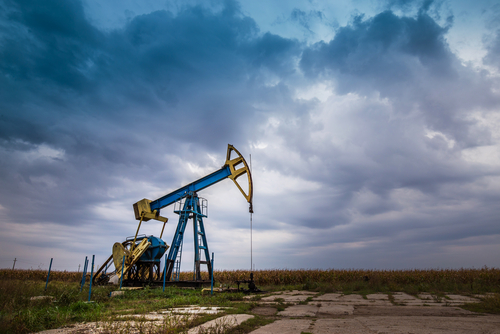Extracting oil and gas from below the Earth’s crust isn’t as simple as drilling down and watching it rise to the surface. While this may work to a point in some situations, much of the oil and gas located in the United States requires shale oil fracking. This method of oil well fracking breaks down the shale below the surface and provides easier access to the reservoirs located underneath. This practice is still relatively new, though it was first discovered and tested in 1947.
How Does It Work?
Fracking oil and gas is often considered a controversial process because it involves pumping foreign fluids into the ground in an attempt to fracture the rock below the ground into pieces to allow the oil and gas to freely flow upward. This fluid increases the amount of pressure present in the area and gradually spreads the existing cracks in the shale. A proppant is then used to keep these cracks open after the pressure is removed. These fractures then allow the oil and gas well to flow more freely, accessing materials that would previously be unreachable through traditional drilling methods.
What Fluids Are Used?
When it comes to oil well fracking, you can’t use any fluid to produce the results you want. For instance, a simple application of water won’t produce the amount of pressure required to crack rocks that are already under extreme pressure. While water is the primary ingredient used, it isn’t the only one. Oil and gas companies create a mixture of water, chemical additives and proppants. In most cases, this mixture consists of 90 percent water, about nine and a half percent sand with chemicals added and about a half a percent proppant, which may include silica sand, man-made ceramics, resin-coated sand and others.
When Is It Used?
Fracking oil and gas isn’t used in all situations, though it is quickly becoming common practice due to the makeup of oil reservoirs located in the United States. The most common uses of shale oil fracking in the U.S. include:
- Inducing rock cave-ins
- Stimulating wells
- Measuring stress in the Earth
- Electricity generation
- Increasing injection rates
Because it is still a somewhat controversial process, many oil and gas companies attempt to use it as little as possible.
Understanding the various processes that may be used can help you make better decisions for your investments. While it’s not necessary to fully understand the oil and gas industry in order to invest in it, this level of knowledge can guide you in finding the right company for your investments.
If you’re interested in investing in oil and gas, contact us. We provide a variety of investment opportunities to allow investors to make the smart decisions.




